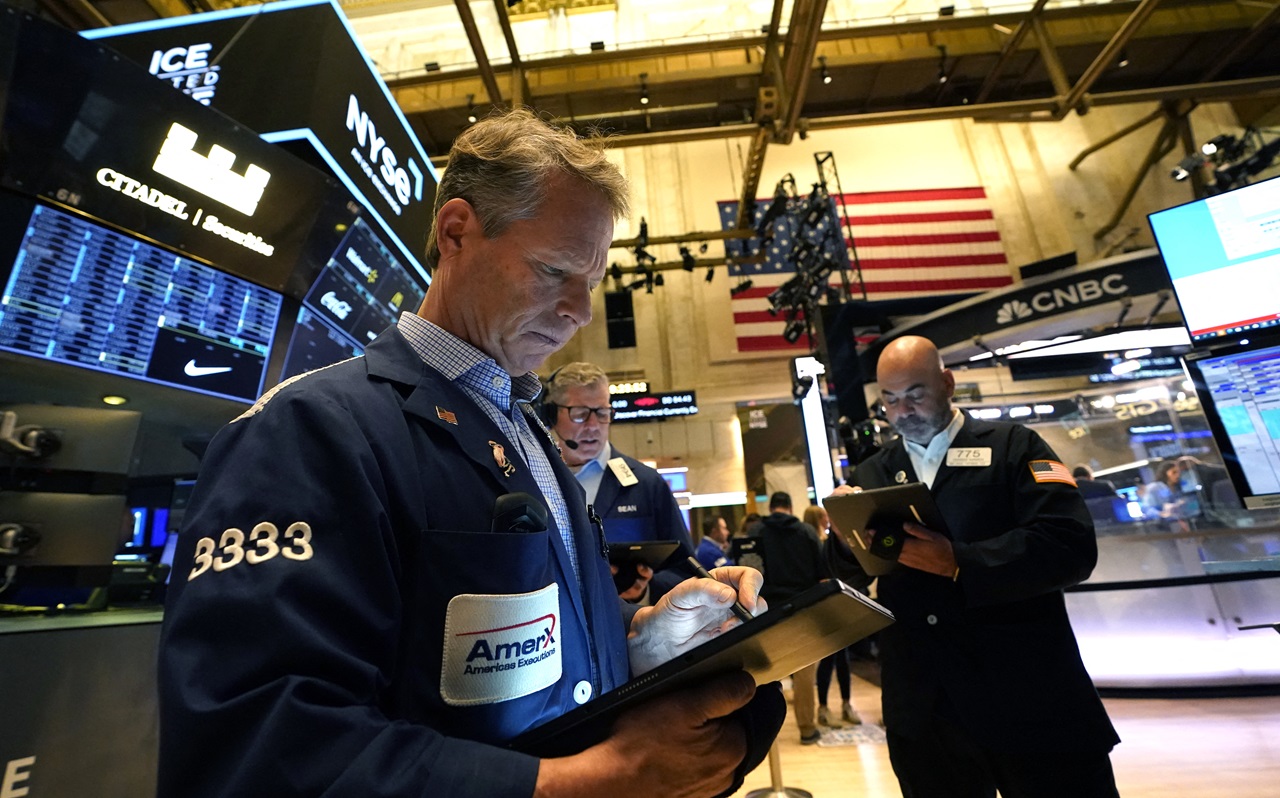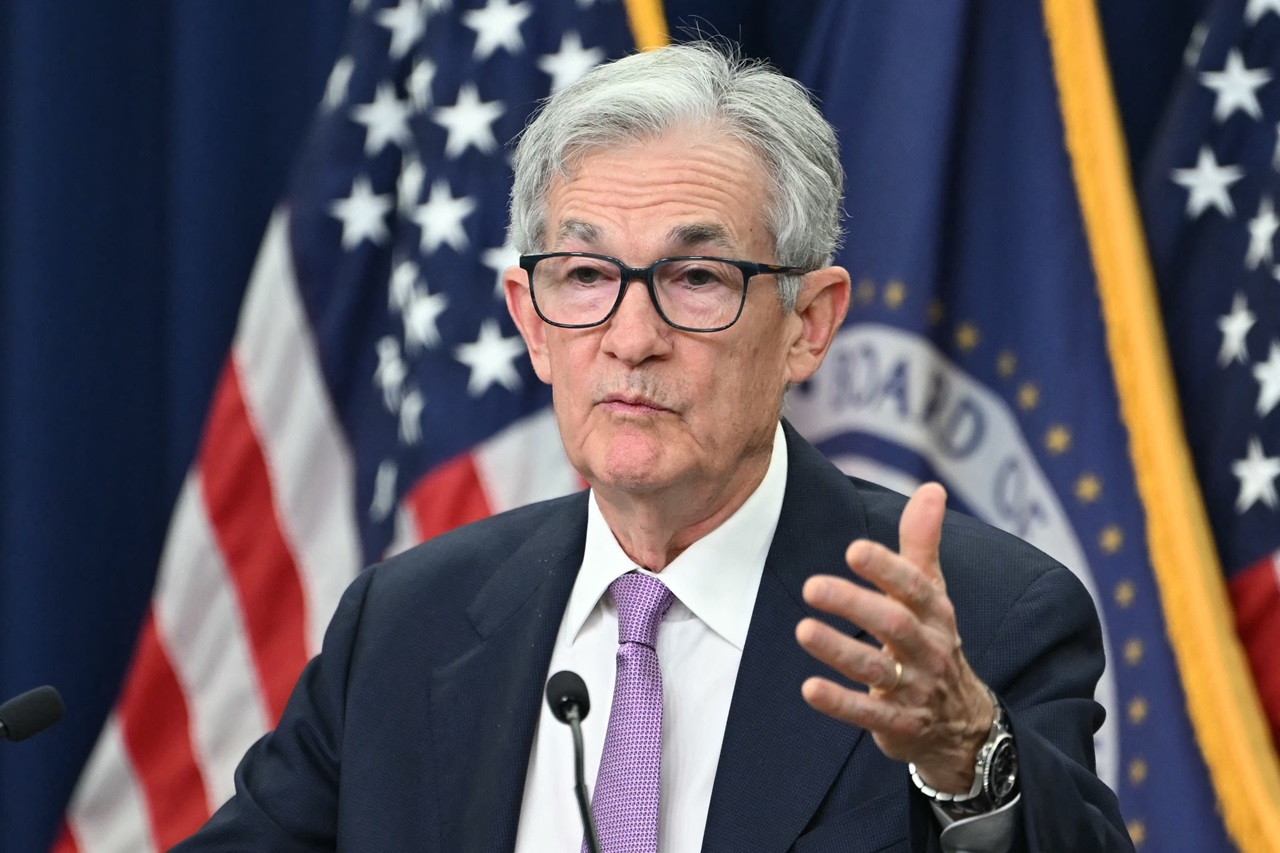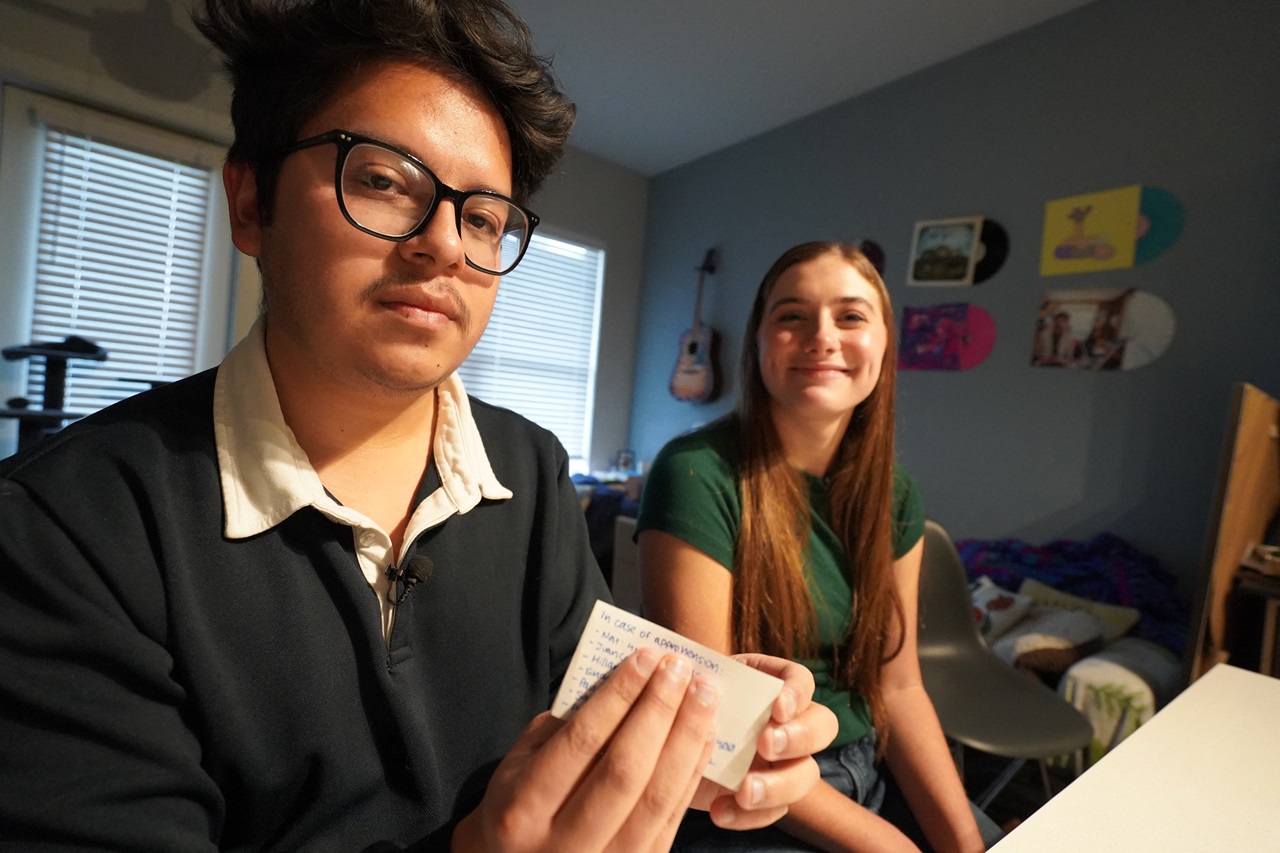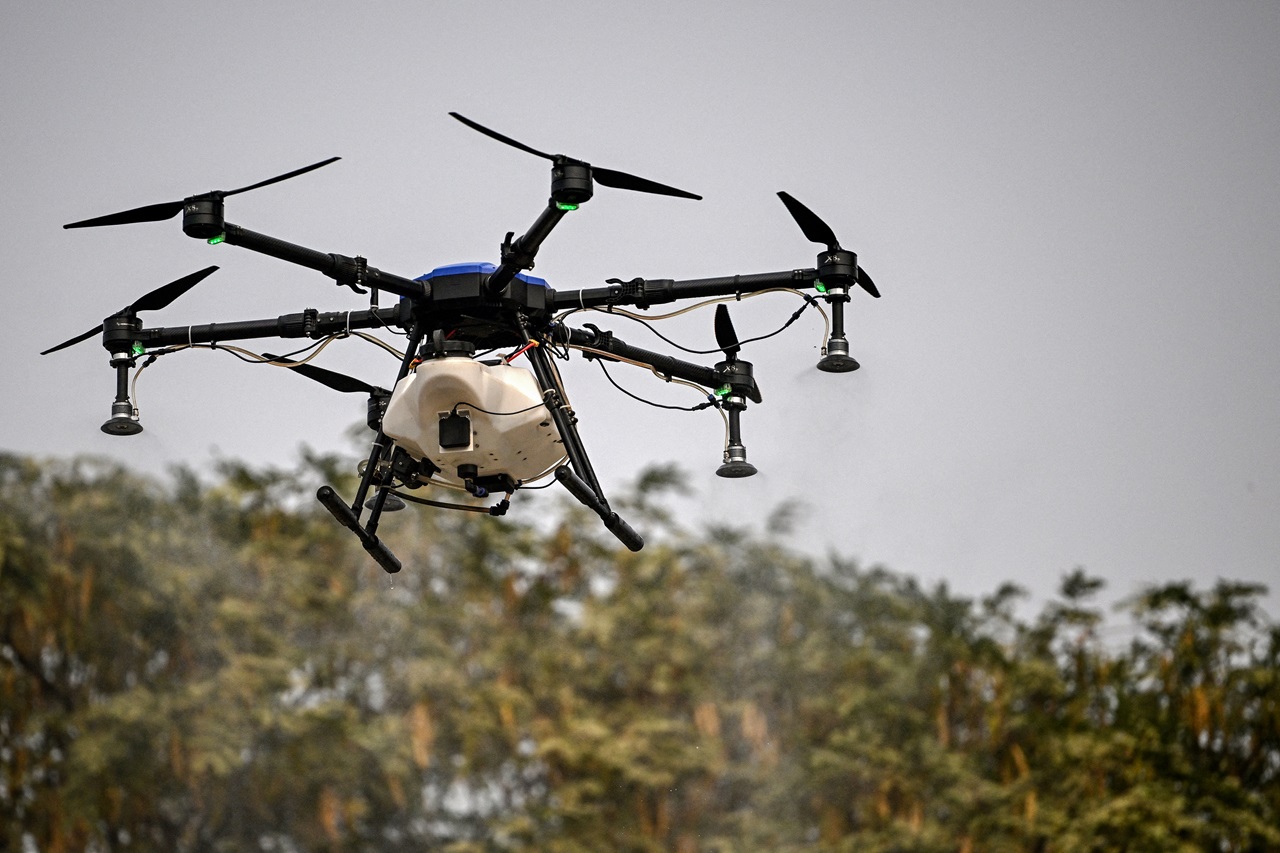
Is there a Puerto Rican Vote?
The question of a Puerto Rican vote is a highlight of the 2016 election.
As we get closer to election day, all eyes head to Florida. As Puerto Ricans move in ever increasing numbers to Central Florida, candidates focus on this new voting block. From adopting the caravana tradition to other forms of engagement, candidates have been dedicated to engaging with the Puerto Rican community at all levels, from the city to state, judicial and presidential arenas.
In a Pew Research study, about a quarter (26 percent) of Latino voters who speak Spanish as their primary language are first-time voters in the presidential election this year. In contrast, though Puerto Rico’s inhabitants still speak Spanish as their primary language, their voter turnout is high across the island. According to Slate, throughout the late 20th century, turnout for Puerto Rico’s quadrennial elections was 50 percent higher than it was for presidential contests in the 50 states. Though Puerto Ricans are on par with or slightly below Latinos from other countries in terms of voting, their numbers on the island continuously outperform their presumed numbers in voting booths stateside.
Florida has it’s own particular iteration of this trend with Cuban Americans having been the largest ethnicity represented in Central Florida during this time. A report from the Pew Research Center noted that Puerto Ricans make up 27 percent of eligible Hispanic voters in Florida in comparison to the 31 percent of Cuban Americans.
But with the decline in voter participation that happens once new migrants move to various states from the island, it is difficult to gauge exactly where Puerto Ricans as a whole would fall across stateside party lines. Despite this, the voters that can be accounted for due to the regional research in addition to a survey from Univision, Puerto Ricans lean farther to the left than Cuban-Americans in the same area of Central Florida, showing particular affinity for President Obama.
However, these numbers may be impacted by Puerto Ricans registering as Republicans possibly aligning themselves with the island’s pro-statehood party that was known until the late 1960s as the Partido Estadista Republicano.
A Pew Research Study published today noted that the Latino vote overall has not changed from a previous survey conducted four years ago. The survey reported that 54 percent of Latino registered voters say that the Democratic Party is more concerned for their wellbeing than the Republican Party in comparison to the 11 percent who say the same for the GOP, and 28% who say there is no difference.
The survey, done amongst 1,507 Latino adults found Hillary Clinton leading by a wide margin against her primary opponent in the presidential race, Donald Trump. The Pew Survey previously reported that Obama won 71% of the Latino vote in comparison to the 27% supported by Romney. However, while Latino millennials make up nearly half of the vote, they do not support Clinton in similar numbers weighing in at only 48 percent.
The main demographic leaving the island are those college-educated professionals between 25-40 years of age who cannot find professional work with the degrees they have. It is no surprise then that in the same survey the top issues among Latino voters are education, the economy, and health care, with immigration ranking lower even among Latino voters that are not Puerto Rican. As no presidential candidate has spoken at length about the implementation of the fiscal advisory board enacted by the bill, P.R.O.M.E.S.A. (Puerto Rican Oversight, Management and Economic Stability Act) it is unclear whether that will sway the vote of Puerto Rican voters across the country, specifically Florida, where many of the island’s most recent departees are arriving and solidifying communities across the board.
The departees are leaving in reaction to a more than a decade long recession in Puerto Rico that also includes the $72 billion debt Puerto Rico is currently facing. The economic conditions surrounding the recession and debt have impacted all areas of life on the island, including the closure of several hospitals, schools, and a decrease in the tourism industry on the island.
RELATED CONTENT
The only statement that has been released by either candidate has come from Clinton via her website. The statement reads:
“Puerto Rico’s continuing economic crisis has caused real suffering for the people of the island. The bill the Senate passed today is the best chance we have of averting a fiscal crisis on July 1. The bill is by no means perfect, and I continue to have serious concerns about some of the provisions it contains. That’s why, as this bill is implemented, I will continue to stand with the people of Puerto Rico to ensure that the oversight board created by this legislation is made up of members who will act in the best interest of Puerto Ricans, and protect their health care, pensions, wages, and well-being. And it is past time that we put the interests of American citizens ahead of hedge fund profits—which is why I will fight with the people of Puerto Rico to put the island’s economy back on a stable and prosperous path, including by ensuring Puerto Rico is treated equitably under federal law.”
Without the conclusive evidence of her particular position on the exact provisions of P.R.O.M.E.S.A., one that mandates a $4.25 minimum wage for workers under 25, Clinton’s lead in the polls with Puerto Ricans may not be as solid as the Pew research numbers may suggest. This is also in light of Clinton winning the presidential primary in Puerto Rico in June in deep contrast to Trump who lost Puerto Rico to Republican opponent Marco Rubio during the primary Presidential election.
The states that have areas home to the highest Puerto Rican populations in the country overall are New York, New Jersey, Florida, Pennsylvania and Illinois with 29, 14, 29, 20, and 20 electoral votes respectively. Of those states, Pennsylvania and Florida are the only swing states. With the lower turnout of Puerto Rican voters once they transition to states from the island, but the increasing migration numbers, it has become the efforts of many local groups in Florida and Pennsylvania to increase voter turnout among Latinos, but specifically Puerto Ricans.
One of these groups is Mi Familia Vota, which doesn’t claim to endorse any particular party but also aims for a higher minimum wage and other initiatives deemed progressive. However, the Florida state director of the group has shared that he focuses on ensuring that Puerto Rican voters know their vote goes beyond the new place of relocation. “We remind them that on the island, they can’t vote for president. They can do that here and affect change on the island,” said Esteban Garces, the state director when speaking to the Wall Street Journal.
Locally in Philadelphia, Rev. Roberto Luis Lugo has been organizing activists and community leaders to encourage Puerto Ricans to vote. Rev. Lugo has been working in conjunction with Asociación Puertorriqueños en Marcha for Everyone, a non-profit organization focusing on community development and empowerment. “If they vote, we can make a big difference in whatever election we have,” Rev. Lugo stated.
These advances are coming as Pennsylvania is accepting it’s last voter registration applications in the state.










LEAVE A COMMENT:
Join the discussion! Leave a comment.